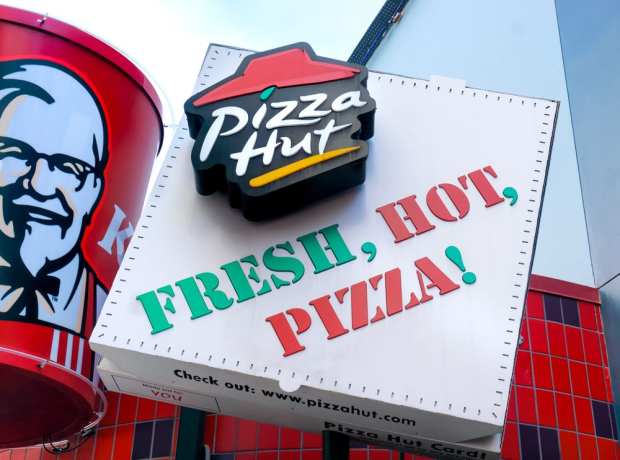As Pizza Hut Struggles, QSRs Grapple With Delivery Investments

Pardon the pun, but for QSRs, home delivery options are becoming table stakes. As Pizza Hut stumbles financially and Domino’s races ahead, the commitment to the customer experience is under a microscope, and home delivery is a critical element of that experience.
Pizza Hut, as reported, is facing a bankruptcy filing from one of its biggest franchises. Analysts have said the restaurant chain has struggled not only with high food and labor costs, but also with their execution of home delivery, most of which is serviced by DoorDash. Same-store sales at U.S. restaurants fell 4 percent during the pizza chain’s fourth quarter.
Regardless of those issues, Pizza Hut and every other QSR will need to sort out their delivery problems. According to Tillster research, in the last 12 months, more than 50 percent of QSR customers ordered online for delivery, and over 51 percent would order more often if delivery was offered. When ordering for delivery, 40 percent of customers order mostly from large chains, 40 percent order from large chains and independent restaurants, and about 20 percent order mostly from smaller independent restaurants.
QSR magazine and other analysts point to a direct link between delivery and the consumer experience and consumer satisfaction. They warn that delivery is a customer-centric strategy, not a technology solution. In fact, QSR magazine says the disruption potential of home delivery is similar to the disruption felt when eCommerce gained critical mass in 2008.
“A seamless experience is simply defined in multiple ways in today’s purchasing journey,” said a QSR report. “Restaurants need to meet guests where they are – and remain on-brand throughout the experience. Delivery can be a catalyst to driving sales and creating loyal, repeat customers. And just like a guest having a bad experience in the dining room, whether with an employee or with food, a subpar delivery setup will send guests running somewhere else.”
PYMNTS research shows that drive-through stands as the most popular ordering method among consumers after in-store ordering, cited by 25.6 percent of QSR customers. Such methods as QSR mobile apps (6.2 percent), QSR websites (4.8 percent) and third-party apps (0.7 percent) trail those two methods.
“Notably, medium-sized chains lead the pack in more innovative – if less common – order pickup methods, such as delivery and curbside pickup,” notes the Restaurant Readiness Index. When it comes to QSR delivery – still a small segment of that world – 7.5 percent of those medium-sized operators offer that option, compared to 4 percent of small operations and 3.4 percent of large operations.
As Pizza Hut struggles, analysts have cited the Domino’s overall experience as a reason for that chain’s success. According to analyst firm Wedbush, the Domino’s delivery business will continue profitably, and will even be a factor as the stock price rises. Wedbush has maintained their “outperform” stock rating, and has spiked its 12-month price target to $410 from $310.
Of course, third-party delivery services like Seamless and DoorDash are an option. However, that outsources a critical piece of the customer experience. And fees vary depending on the delivery service. Uber Eats has adjusted its delivery fee schedule, charging $2 for orders of $10 or less. A 15 percent service fee could apply depending on location.
CVS has tied its delivery to its loyalty program, CarePass. Membership is $48 annually or $5 per month for a month-to-month membership. CarePass has exceeded expectations, according to a statement from Kevin Hourican, executive vice president of CVS Health and president of CVS Pharmacy.
CVS said early results showed that CarePass “appeals to a broad consumer audience, 20 percent of whom are millennials,” and that purchases among members are 15 percent to 20 percent higher on average.
On a side note, delivery may prove to be essential in a crisis. KFC and Pizza Hut have launched a contactless delivery service in China to reduce exposure to the Coronavirus. Customers can select the “contactless delivery” option when placing an order online, and couriers will call to set a delivery location. The courier will then watch from 10 feet away as the customer takes the food.
